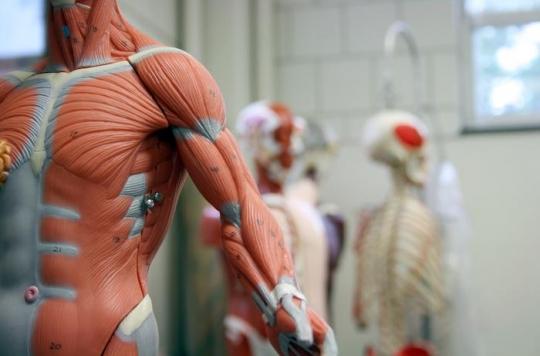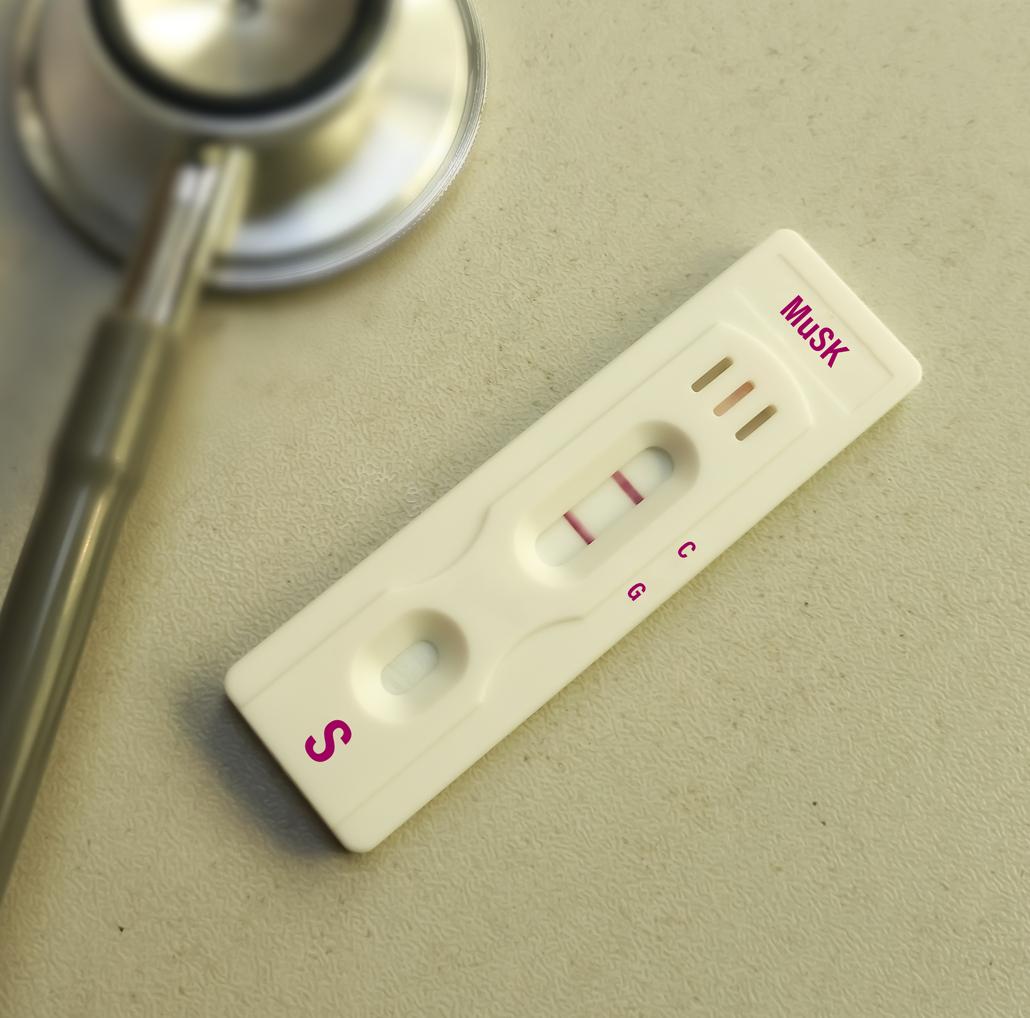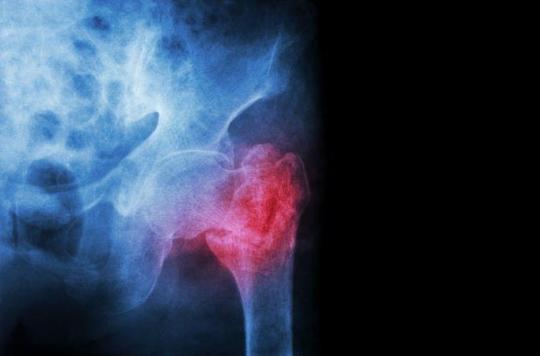Anti-PD-L1 immunotherapies, already used in cancer, could be the key to treating severe forms of myasthenia gravis, an autoimmune muscle disease where the expression of the PD-L1 protein is important.

Researchers at the University of Kanazawa have verified that immune response regulatory pathways, called checkpoint inhibitors (PD-1/PD-L1), can be targeted in the treatment of severe forms of myasthenia gravis.
According to the study’s lead author, Kazuo Iwasa: “The checkpoint inhibitor molecule (PD-1) and its ligands, PD-L1 and PD-L2, inhibit T cell activation. Disruption of this pathway is implicated in other autoimmune disorders, but its role in myasthenia gravis was hitherto unclear.”
In patients with a severe form of myasthenia, the regulatory molecule of the immune system, the ligand PD-L1, is abundant in muscle tissue and blocking it could help reduce the muscle disorders of the disease. This discovery is published in the Journal of Neuroimmunology.
An autoimmune muscle disease
Myasthenia gravis is a chronic autoimmune muscle disease that causes a significant deficit in the functioning of the muscles involved in body and eye movement, swallowing and breathing. Although the symptoms can be more or less controlled by current treatments in the moderate forms, it is more difficult in the severe forms and there is currently no curative treatment for this debilitating disease.
In normal muscle tissue, movement is triggered when nerve endings release a molecule that transmits contraction information to the muscle from the nerve, a neurotransmitter, acetylcholine. This binds to a receptor located on the surface of muscle cells. This connection activates the contraction of the muscle.
Myasthenia gravis occurs when the immune system, which usually protects us against invading pathogens, mistakenly attacks acetylcholine receptors that are essential for muscle contraction. Control of the immune disorder is therefore essential to treat myasthenia gravis.
A neuroimaging study
Using a fluorescent antibody specific for PD-L1, the research team shows by the immunofluorescence technique that PD-L1 is more abundant in muscle tissue taken from patients with myasthenia gravis than from healthy people. The study of gene expression in these tissues also confirms their first results, showing that the PD-L1 gene is more expressed in the tissues of patients.
There is no difference between men and women and the expression of genes is not influenced by the presence of a tumor of the thymus, the organ responsible for the maturation of T lymphocytes and whose disorder is often associated with myasthenia gravis. In the end, there therefore seems to be a direct association between the level of expression of the PD-L1 gene and the severity of myasthenia gravis.
This direct relationship between PD-L1 gene expression and myasthenia gravis is of particular interest: as disease severity increases, PD-L1 expression in muscle cells also increases, which may leave hope for an increase in autoimmune reactivity and its control by PD-1/PD-L1 inhibitors to eliminate symptoms of myasthenia gravis.
.















